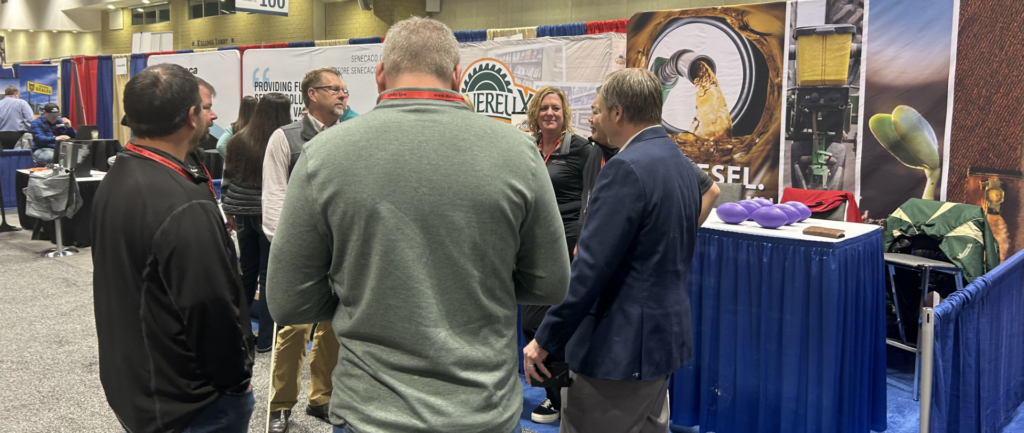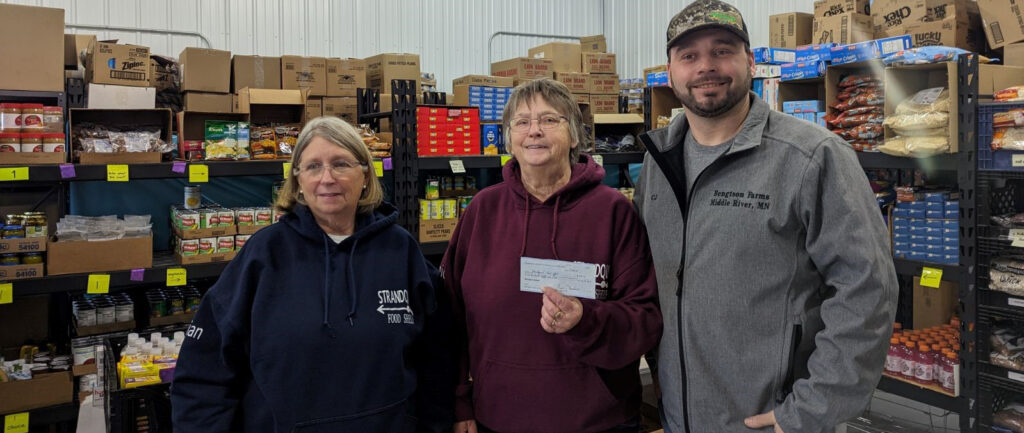Minnesota Soybean Growers Association (MSGA) past president and Starbuck, Minn., farmer Paul Freeman, along with University of Minnesota researcher Jill Miller-Garvin and former international trader for AGP and now owner of Mishek, Inc., Peter Mishek joined other ag leaders and professionals from North and South Dakota to attend a 10-day mission to Vietnam, Thailand and Sri Lanka to promote northern United States soybeans and the importance of essential amino acids (EAA).
Soybeans grown in northern regions, like Minnesota, North and South Dakota often receive lower crude protein scores. However, research has shown that northern-grown soybeans with lover crude protein actually have a higher critical amino acid value than soybeans with higher crude protein levels.
The mission involved hosting informational and educational sessions to groups of international buyers and industry professionals.
Vietnam
It can take time to change mindsets and buying habits. That holds just as true for brand-loyal shoppers in the U.S. and meal buyers in Southeast Asia.

Buyers from Vietnam remain largely focused on price. U.S. meal is generally higher priced per ton than competing Argentine meal, which puts U.S. purchases at a disadvantage despite being of higher quality. However, sales to Vietnam have grown.
“It’s a variable market,” says Mishek. “They’ve gone from a few years ago importing 5,000 tons of soybean meal from the U.S. to somewhere around 200,000 tons. That being said, we’re still quite a small percentage of the total.”
Mishek is among a group sponsored by soybean farmers from South Dakota, North Dakota and Minnesota holding educational sessions throughout Southeast Asia to help animal nutritionists and grain buyers understand the true nutritional value of soybean meal doesn’t come from crude protein. The critical amino acid value offers a better indicator of what the meal contains and how animals will perform.
“I was there three years ago and buyers in Vietnam were very focused on price,” Freeman says. “The market has matured there and they’re seeing more value in the quality of U.S. soybeans and finding it fits what they need so price is less of a factor.”
“The basic message is they need to understand what the basic active component of their soybean meal is, and instead of buying synthetic amino acids to replace soybean meal, they should be evaluating the qualities they already have in their meal and buy accordingly,” Mishek adds.
This trip is only the second time the essential amino acids message has been brought to Vietnam. Company representatives in other countries such as Thailand, the second stop on the group’s tour, have heard the message before. Buyers are responding to the message because purchases of U.S. meal to Thailand have increased.
“This is not a scientific program, this is a marketing program,” Mishek says. “The only way we’ll be able to tell if its gaining traction or not is if they buy tons of soybean meal.”
Sri Lanka
Located off the tip of India, Sri Lanka is not often mentioned as a destination for U.S. soybean products, but its expanding poultry and dairy industries are making it a growing market.
Sri Lanka has a population of more than 20 million people. Like many Asian countries, Sri Lankan diets are changing as disposable income grows. Despite its proximity to India, a long-time soybean meal exporter, the U.S. supplies lion’s share of the soybean meal brought into Sri Lanka.

According to the United States Soybean Export Council (USSEC), the U.S. supplied nearly 60 percent of Sri Lanka’s meal in 2014. Local buyers say the percentage has grown much higher. The market is growing as buyers are highly quality conscious because of a strong processed chicken market.
The delegation representing Minnesota, North Dakota and South Dakota visited one of Sri Lanka’s major feed processors, Gold Coin. This feed company processes nearly 20 percent of Sri Lanka’s chicken feed. Gold Coin uses U.S. soybean meal in its production, which totals about 17,000 metric tons of feed per month, equating to between 5,000 and 6,000 tons of meal per month.
Gold Coin also makes use of near infrared spectroscopy to evaluate the quality of its feed and ingredients.
About 45 buyers and nutritionists joined the delegation for the first ever U.S. Soy Quality Symposium in Sri Lanka. Soybean meal quality was very important to this group which is why many buy only U.S. meal. According to Dr. Athula Mahagamage, nearly 100 percent of the meal entering Sri Lanka is U.S. meal. In 2015, that totaled about 77 thousand metric tons.
With growing poultry and dairy production, the amount of U.S. meal entering Sri Lanka is likely to increase.
The group also visited Bangkok during their 10-day mission.







